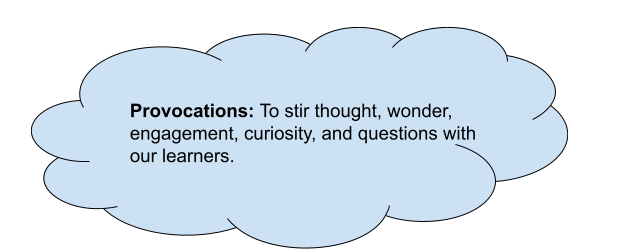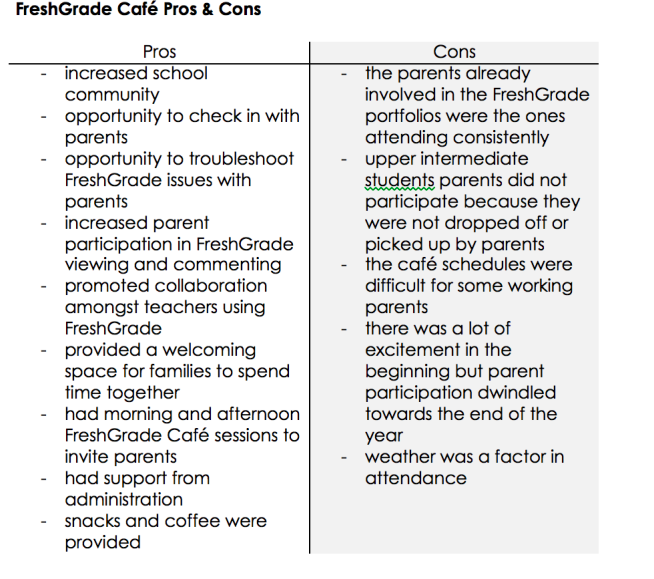Week 10 – Technology and Inquiry with Joanna Lake
Joanna Lake is a local educator who is interested in using technology to provide authentic learning experiences and incorporating Indigenous pedagogy. I thought this was especially interesting as I feel there is not always a quick connection made between technology and Indigenous pedagogy, because they feel as though they should be on opposite ends of the spectrum. I was also very intrigued leading up to the class this week, as Joanna is in a middle school classroom, which is the grade level I have been placed in for my upcoming six week practicum.
Right off the bat, I was interested in her comment about creating connections and establishing relationships as this related directly to a zoom meeting we had earlier in the week, with local middle school VPs. This seems to be the common trend in middle school, being an ally for students who are in a period of their life full of growth, making mistakes and learning a little about life and school all wrapped into one. I thought the idea of mood scales was great! What a fun way to engage with the students, for a variety of reasons. Not only are you able to get a feel of how the class is for the given day, but it is also a way to incorporate attendance and a good way to include non-verbal students. Below is a fun mood scale… from which I am definitely a four.


Leading up to this week’s weekly reflection, I thought about the ‘See, Think, Wonder’ method as well as an Inquiry Mindset. I did not have any experience (that I was aware of, although I am sure it existed) with inquiry prior to this post degree program. Now, I am finding areas to include inquiry all throughout the curriculum, across many if not all courses. Below, see what the local Twitter community has to say about an #InquiryMindset.
Android Science Journal
When we looked into the Android Science Journal module‘s there were two main takeaways that I had. The first, was that I loved how compatible it was with google classroom. Not only is this valuable for times of online learning but can also be integrating into the face-to-face classroom to help students work on computer skills, work around certain experiment tools, safety, cost effective, etc. However, I did not like that it required a smartphone with the app. I could not figure out a way to have it be compatible with my computer… and I don’t believe that it is. Even though I plan on (I think) teaching in a middle school classroom, I still have not been convinced about having my students use their cellphones in class. Not only do I think that this is dangerous because it is un-equitable, but it makes it that much harder for the teacher to monitor the work being done during class.
Freshgrade
Taking a look at Freshgrade was interesting! It is a BC made, online portfolio where teachers, parents and students can all interact regarding the student’s work. I went through a few blog posts, research pages and the Freshgrade website, thinking about pros and cons for Freshgrade and how it can be used in a variety of classrooms. In my findings, I found a blog post that had a great list of pros and cons. I am a huge fan of pros and cons lists in all aspects of life. I find drawing it out helps you think critically about specific situations. It gives anchors to base your opinion off of.

As I reviewed this pre-made pros and cons list, I found that a lot of the ideas followed my train of thought. One of the Cons that really sparked my interest was weather was a factor in attendance… I feel as though this would have definitely applied to me as a student (sometimes, I still am tempted to have this apply as a University student!)